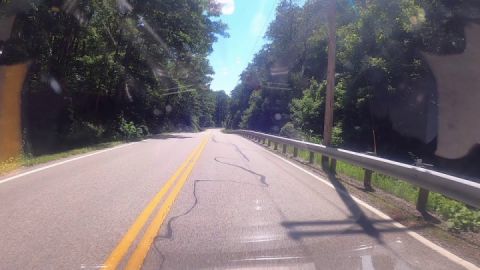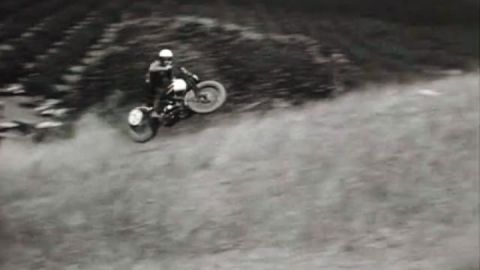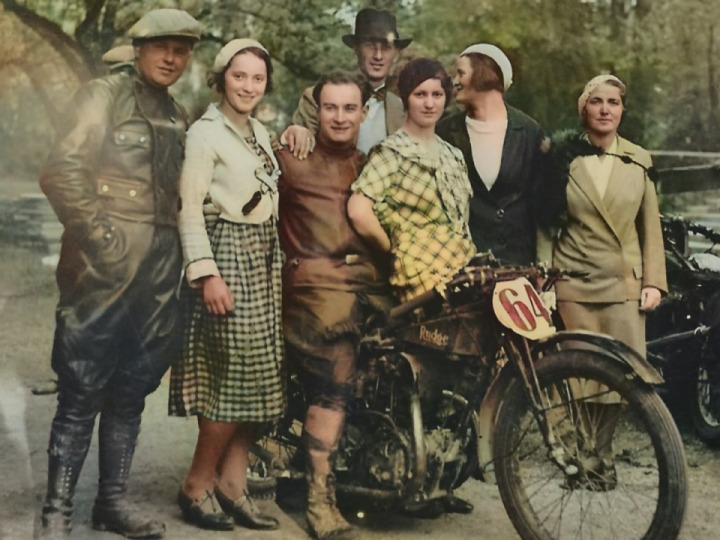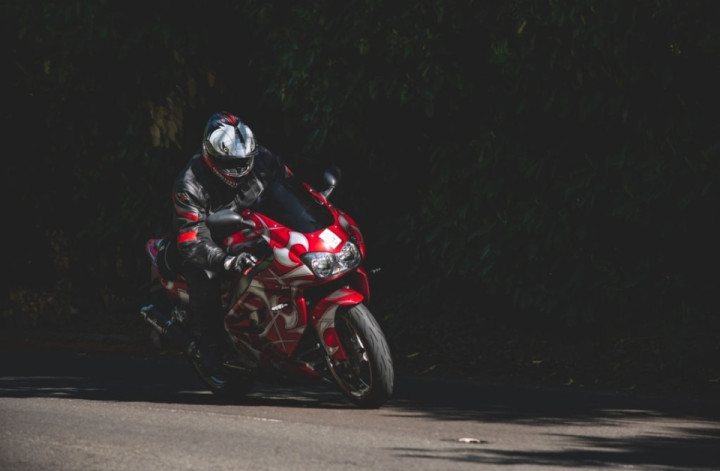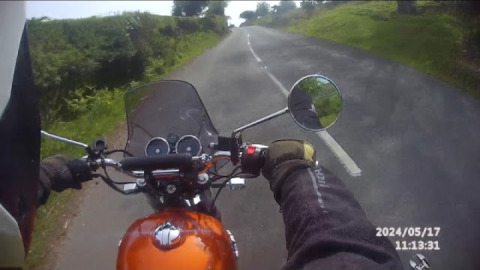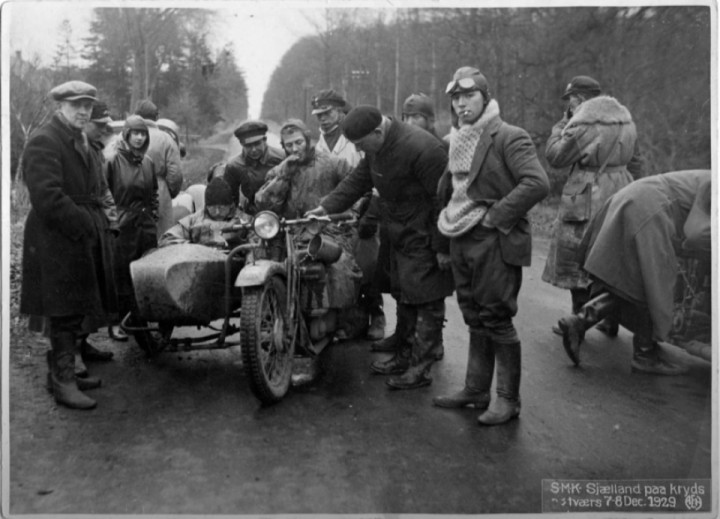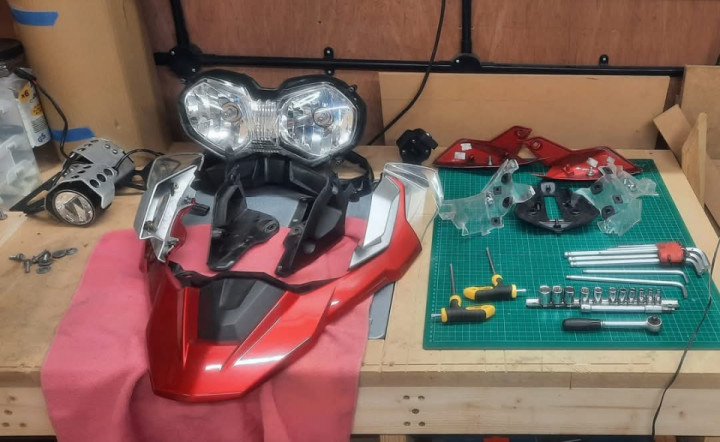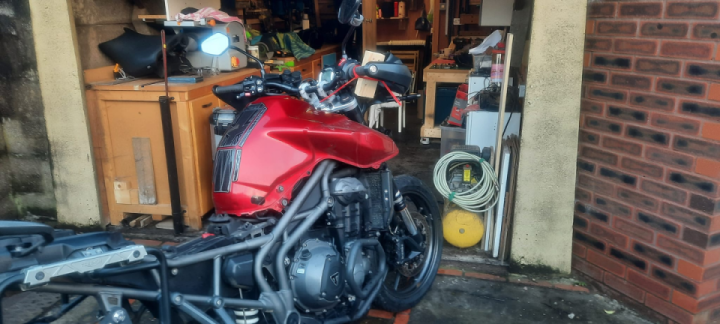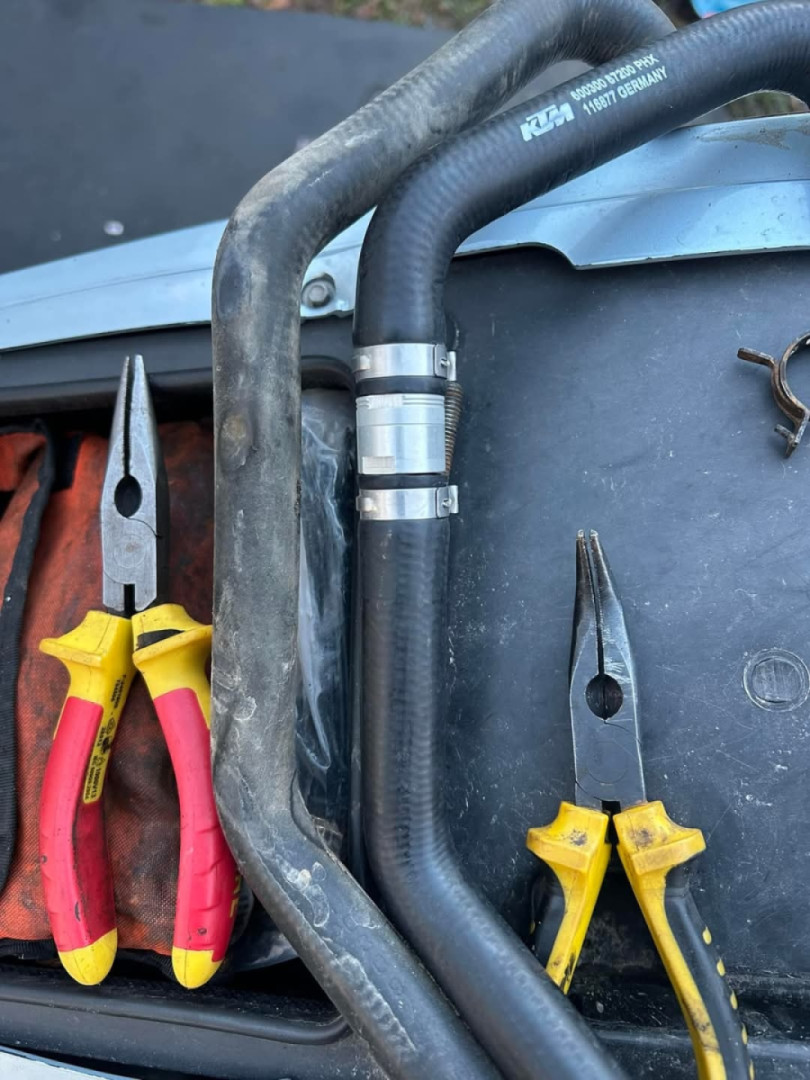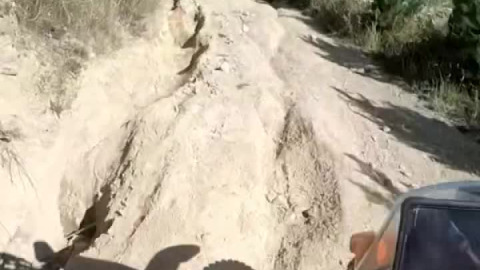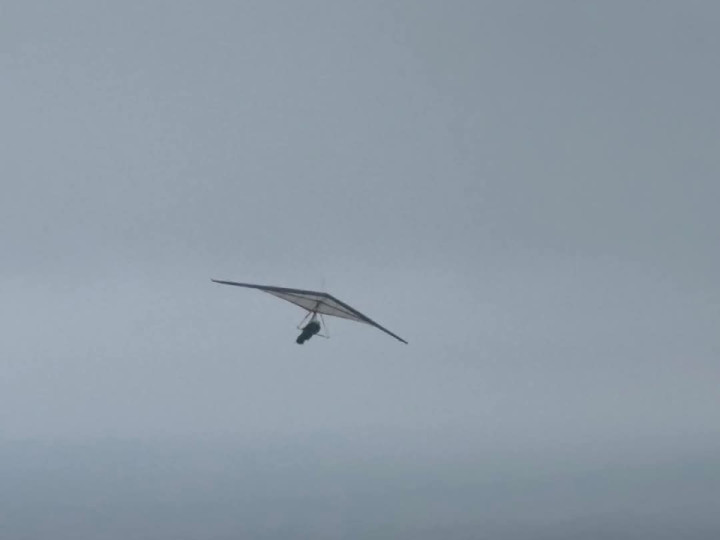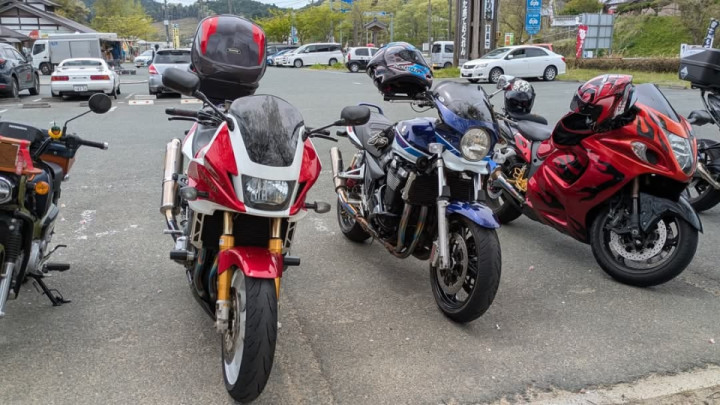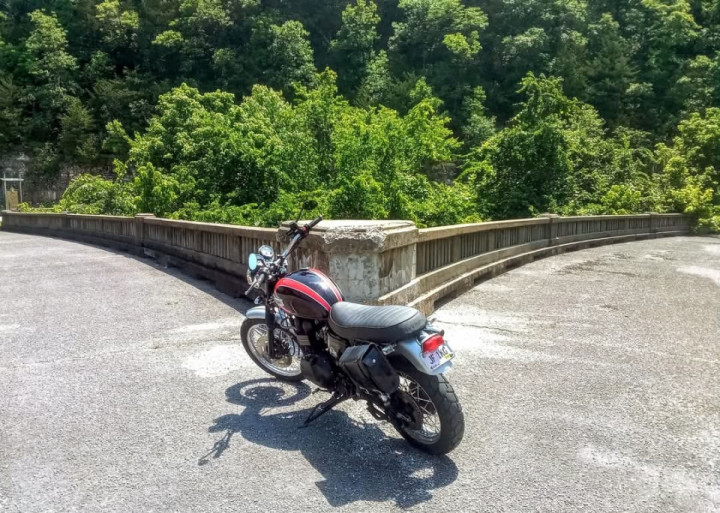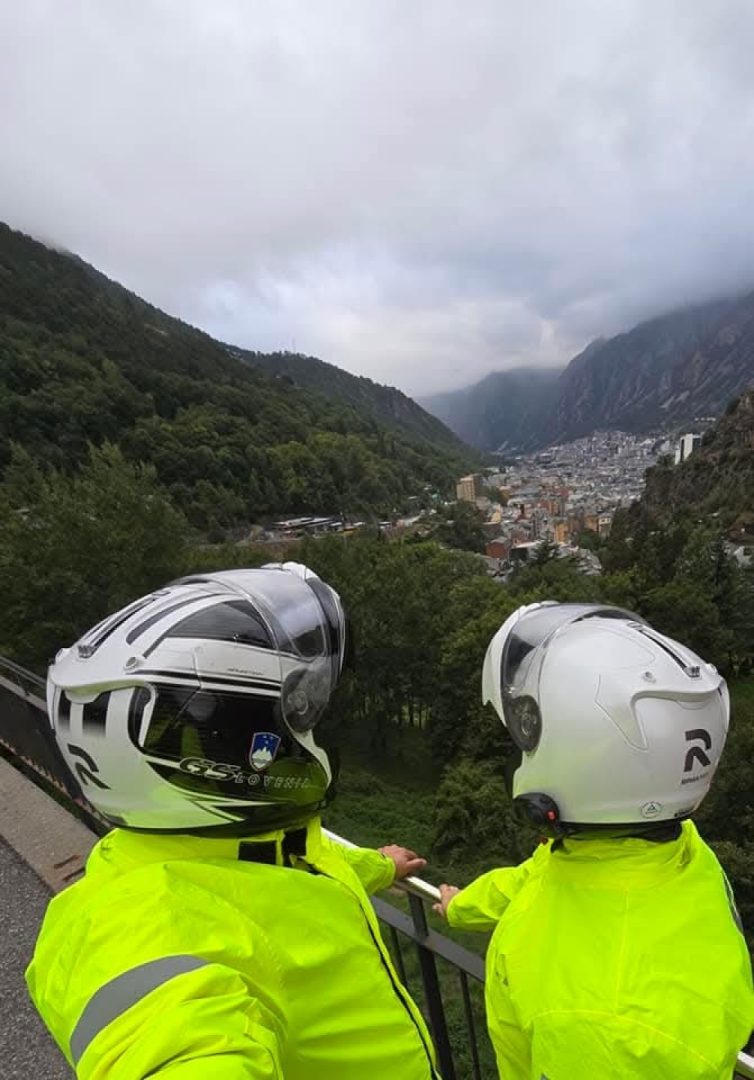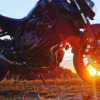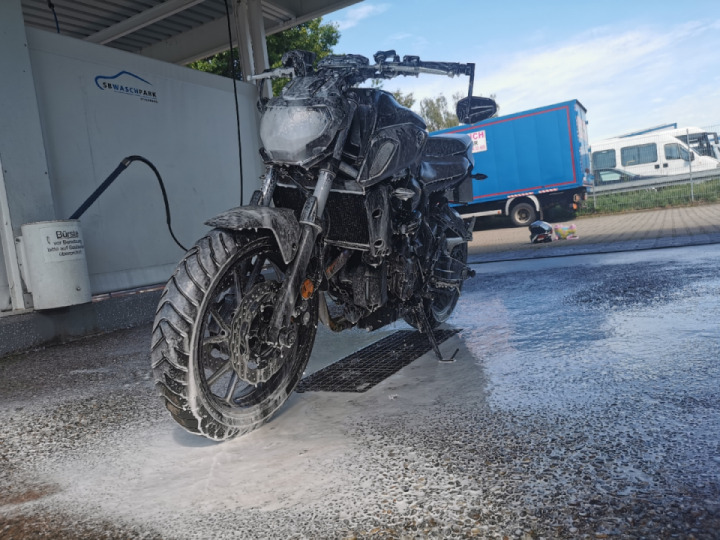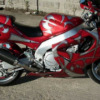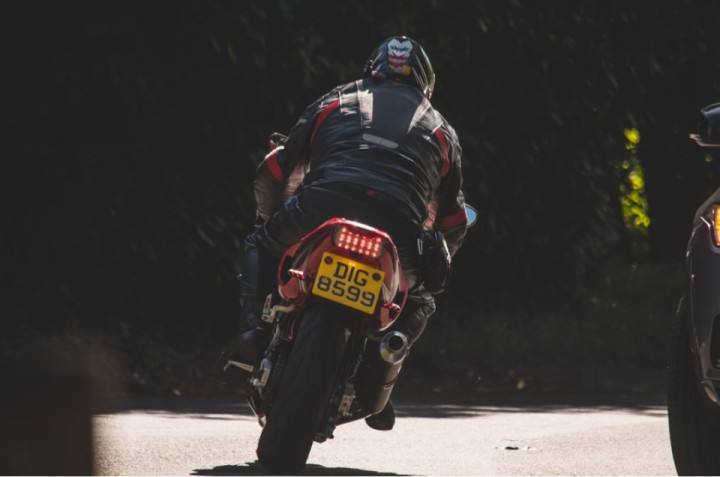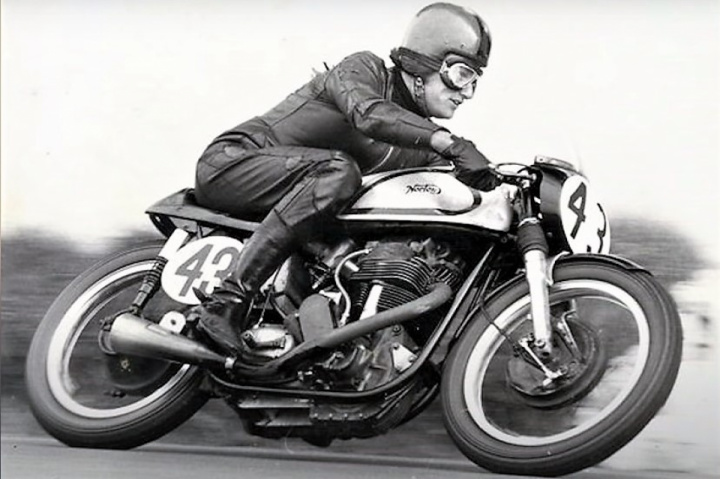Hill Climbing, photos and video ???
As the glory days of American board track racing faded, American motorcycle manufacturers looked skyward. Hillclimbing became the venue for the “big three”, Harley Davidson, Indian, and Excelsior.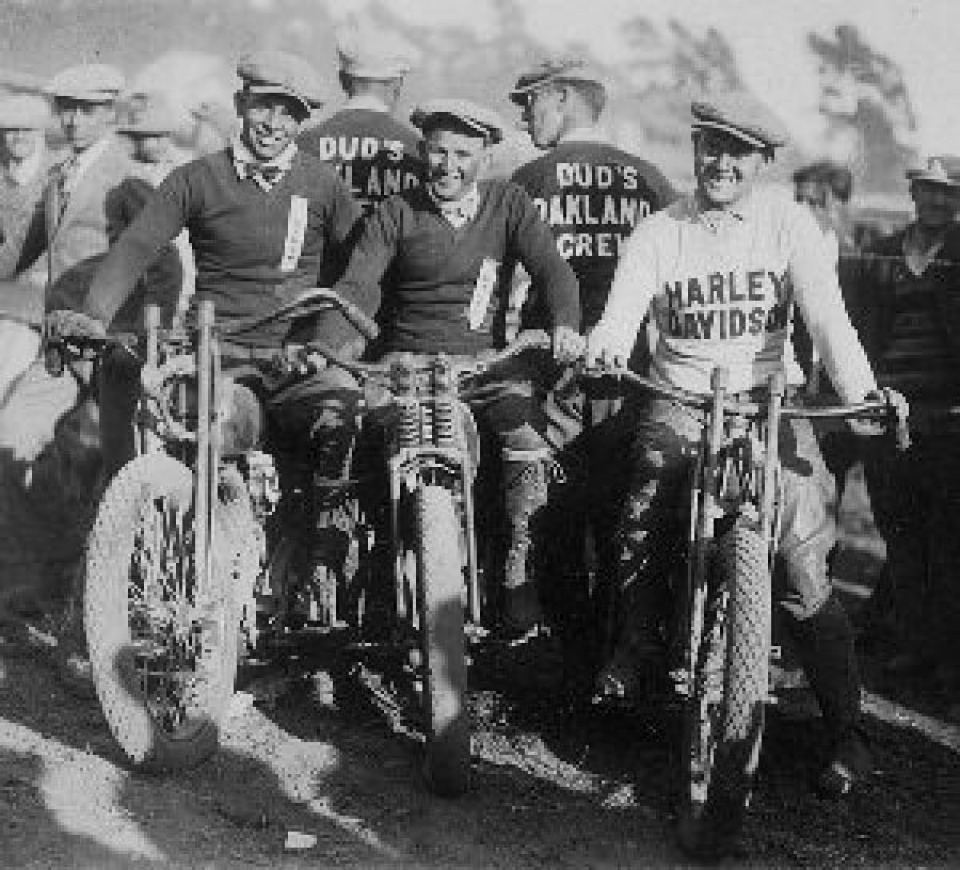
During the late-1910s and early-1920s, large wooden stadiums across the country filled to capacity as spectators watched their favorite riders lap the tracks at speeds in excess of 100 mph. However, the introduction of several new classes of racing provided more than a distraction, as the 21, 30.50, 45, and 61 cubic inch classes fought for the limelight. American spectators failed to identify with the riders of these small purpose-built machines, preferring the larger big-twin production models as their mount. As a result of decreased attendance, and quickly deteriorating riding conditions, America’s board tracks were taken down one by one, and a new form of racing would capture the interest of fans, riders, and manufacturers alike. Taking much inspiration from the race-proven technology of their board and dirt-track racers, manufacturers looked towards the hill to prove the merits of their machines. Hillclimb competitions were a place where the “Big Three” could show the power and durability of their equipment, thereby increasing sales and brand loyalty ensuring the survival of the company during increasingly difficult times. While the earliest professional hillclimbs featured many modified street and “track” machines, it would not take long for Indian, Excelsior, and eventually Harley-Davidson to take on the limited production of purpose-built, factory specials for their riders. By 1928, both Indian and Excelsior had highly developed both their 45 and 61 cubic inch factory climbers and dominated the sales leading Harley-Davidson on the slant taking the 1929, 1930, and 1931 National Hillclimb Championships. While Harley-Davidson had produced an effective 61 cubic inch machine that was competitive in the late-1920s, it wasn’t until the 1930 sales season that they would introduce a factory hillclimber for the increasingly popular 45-inch class – the infamous “DAH”. Tough times for the entire motorcycle industry had set in, and by 1931 Excelsior President, Ignaz Schwinn, closed the doors at the Chicago factory. Indian was operating on a mere 5% of capacity and Harley-Davidson sales figures reached an all-time low in 1933.
The spirit of competition continued, and the fight for top honors remained a priority for the America’s only two remaining manufacturers. The great depression had taken its toll on motorcycle production and sales. However, the “Big Three” maintained a racing department that was essential in sustaining operations. While Excelsior officially ceased motorcycle production in 1931, without the tremendous effort of manufacturers to be “King of the Hill”, perhaps neither Indian or Harley would have lived to see the next chapter in American motorcycling. The Wheels through Time Hill Climber Collection is unparalleled in the collector world today. With over a dozen factory specials and many additional “privateer” machines, the museum’s grand Exhibit is a tribute to the glory days of American hill climb history.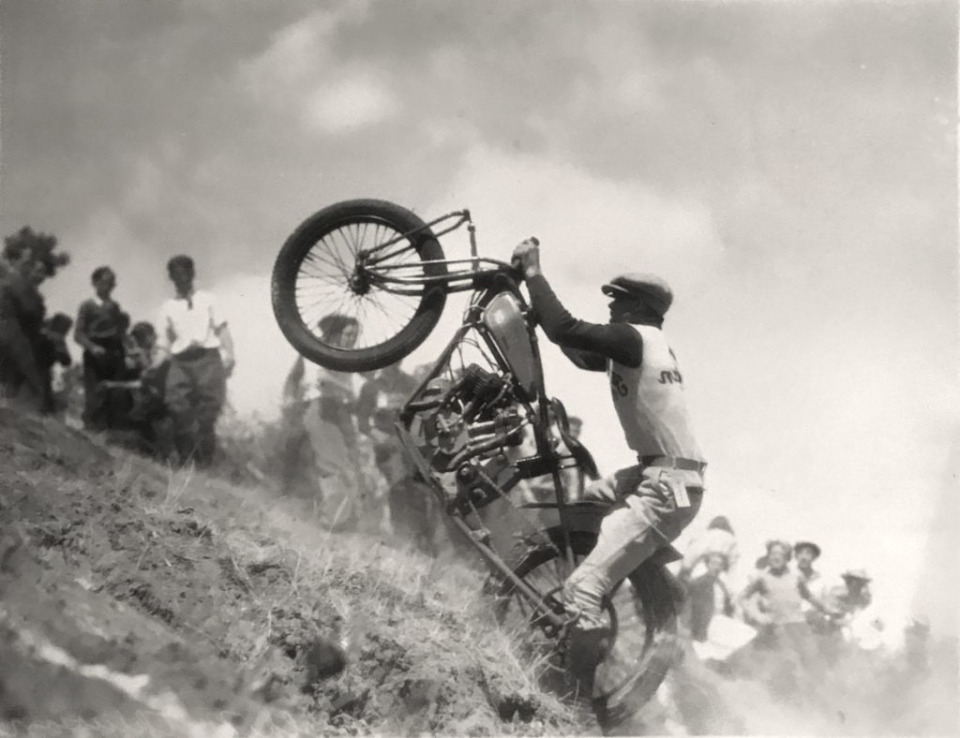
Professional racer Harold Matheison tackles the Fresno Hillclimb aboard a specialized Indian Chief racer with extra-long frame and racing Daytona moor with short exhaust stacks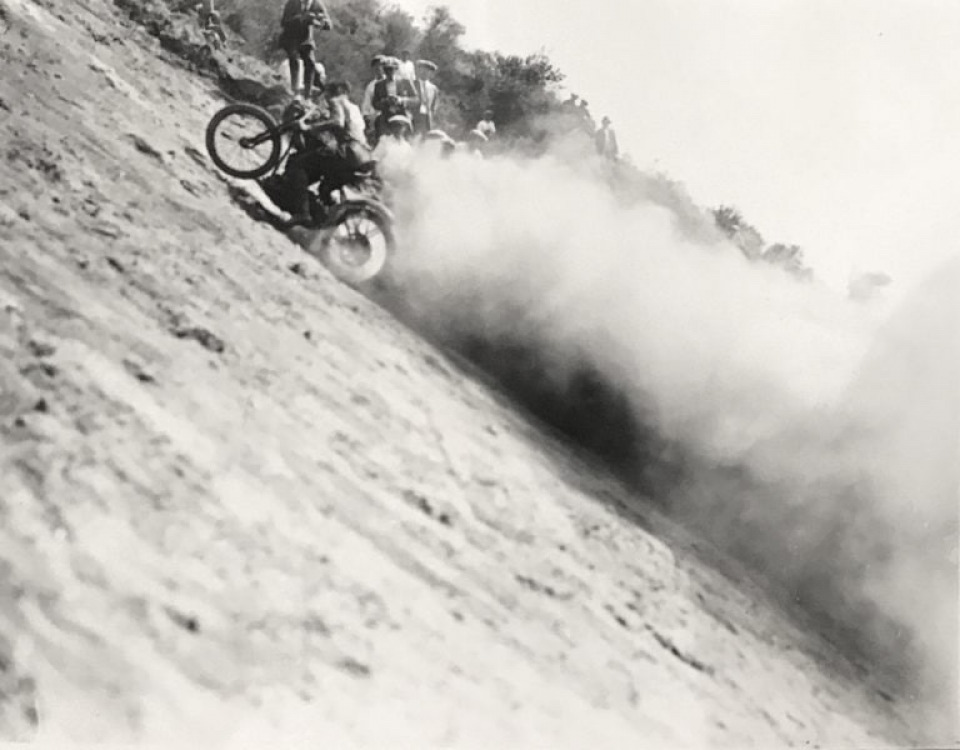
The most famous Dirt Track rider in the world in the 1920s was Sprouts Elder, who some credit with inventing the art of broadsliding his machines on the cinder tracks of the USA, before traveling to Australia to ‘show ’em how’. He shows the crowd ‘how to’ here in Laguna Beach, roaring up a sandy hill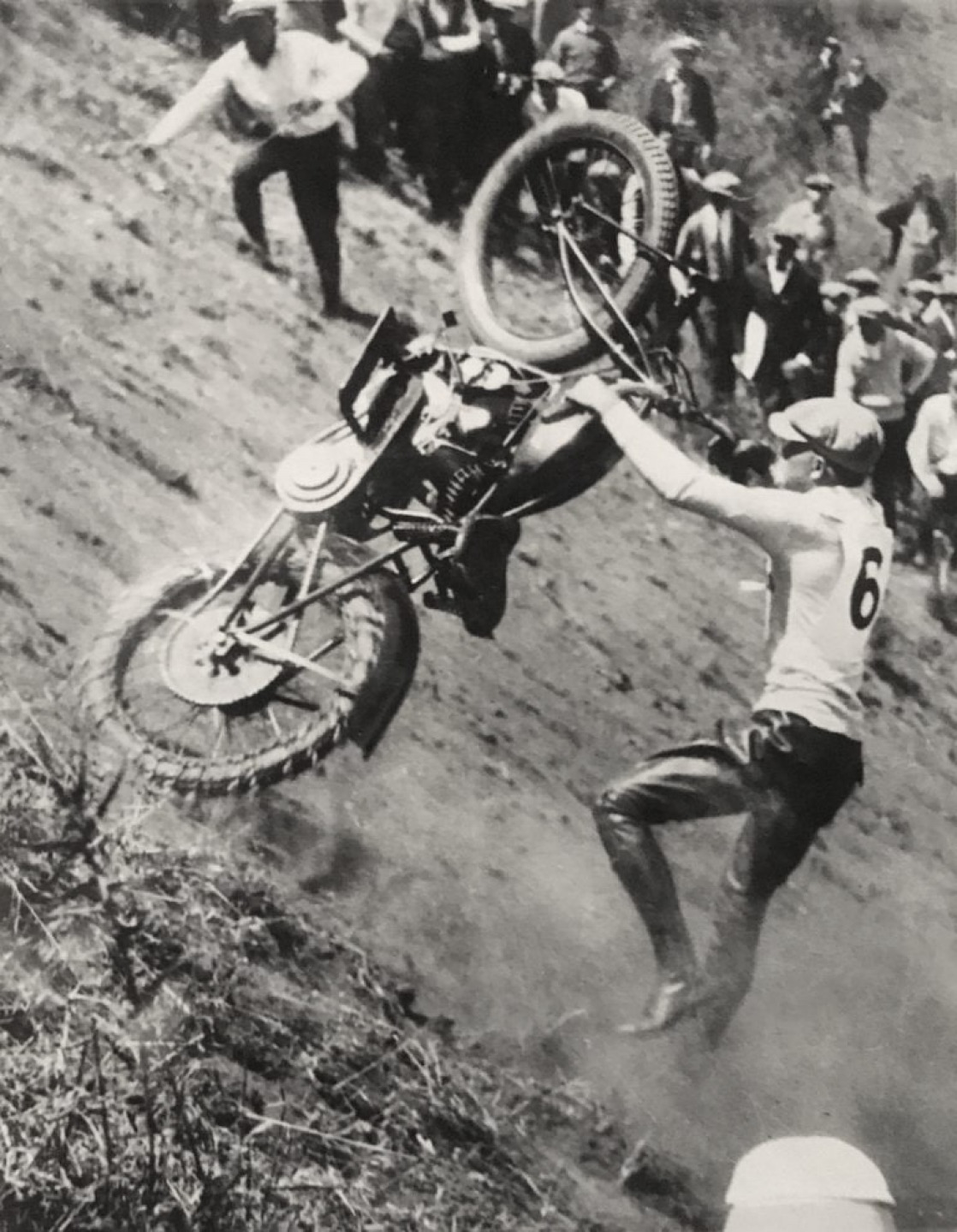
Famous for his Land Speed racing on Crockers and other machines, Sam Parriot was also a Slant Artist. Here his Indian gets away from him at the Laguna Beach Hillclimb.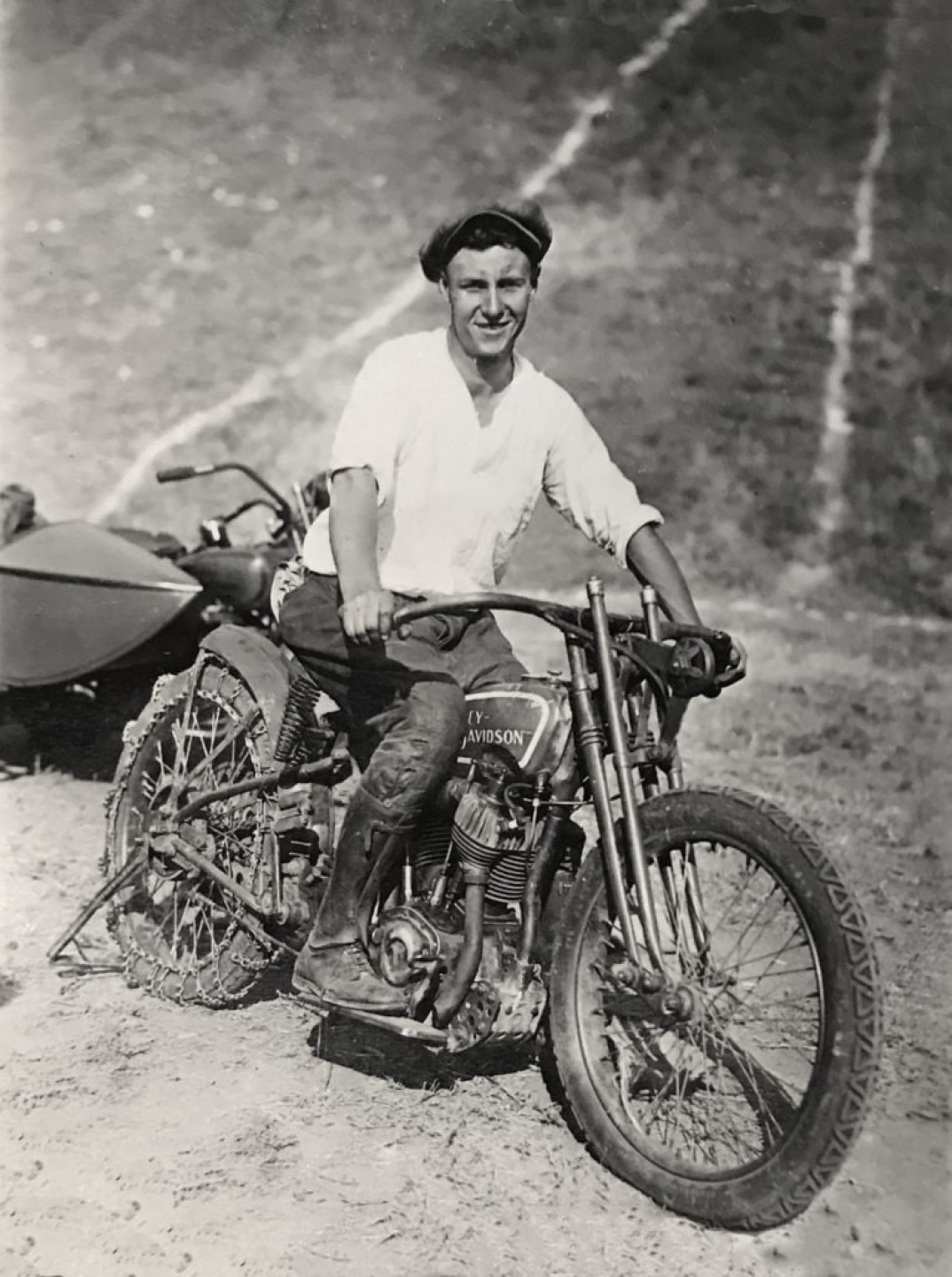
Leonard Lamton at the Laguna Beach Hillclimb on his Harley-Davidson JDH twin-cam racer; note the friction dampers on the front forks, and the chalk lines marking off the ‘track’ of the race.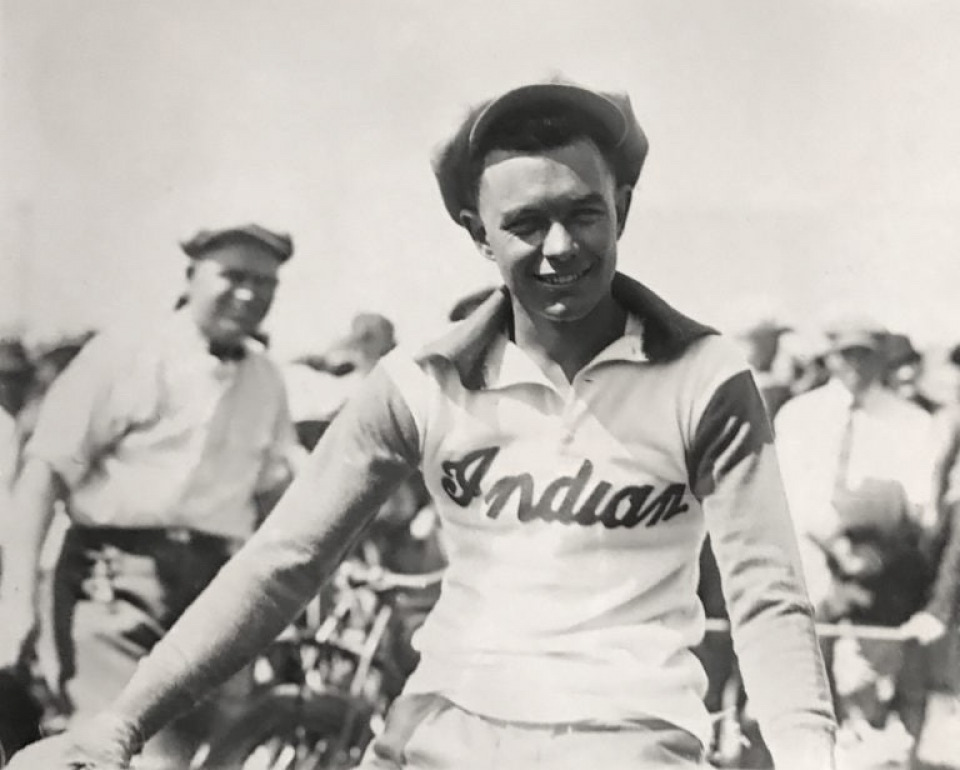
Sam Parriot at the Laguna Beach Hillclimb – always an Indian man, or a Crocker rider; anything but Harley-Davidsons for that fierce rivalry.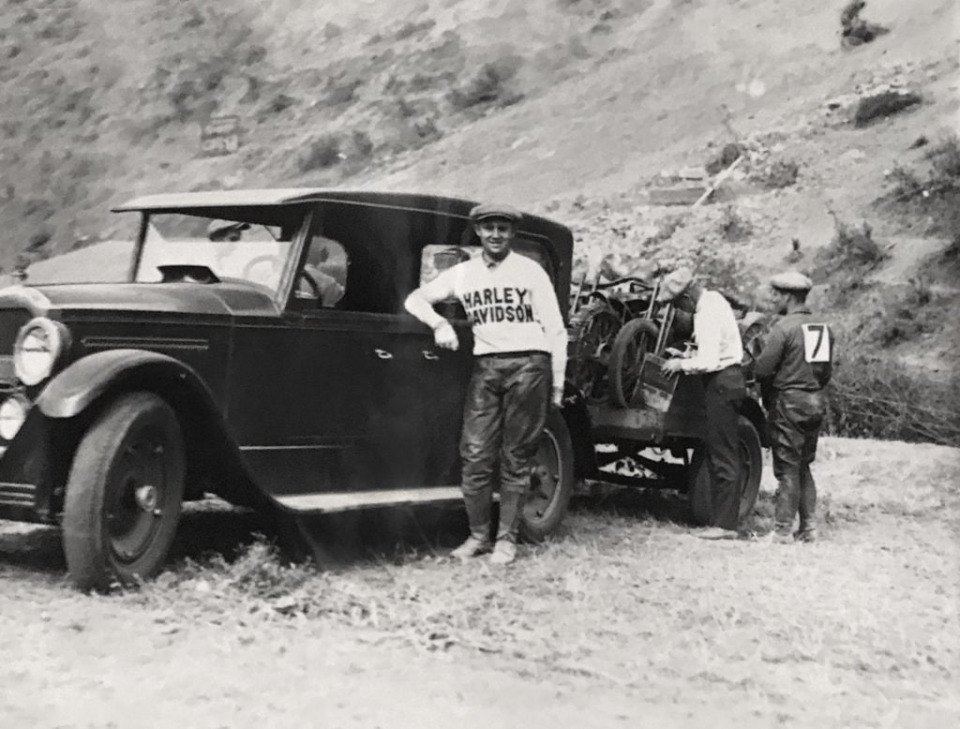
Dudley Perkins opened the world’s second-longest-running Harley-Davidson dealership, in San Francisco, and was quite a racer. This is 1925 at the Capistrano Hillclimb, which he won.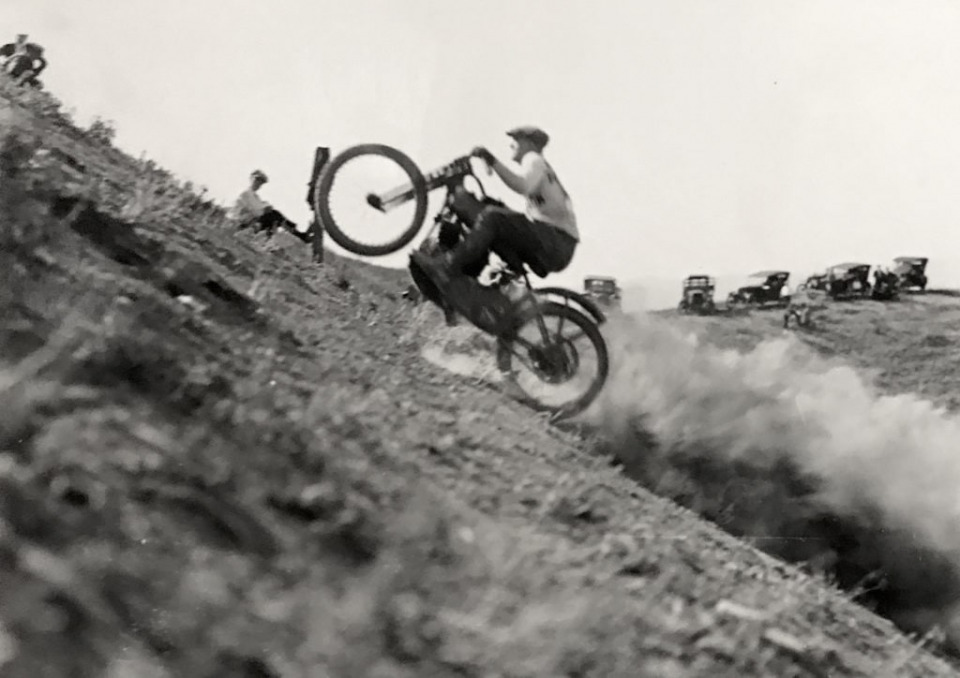
Dudley Perkins in action, showing the style that wins the race! Capistrano Hillclimb, 1925.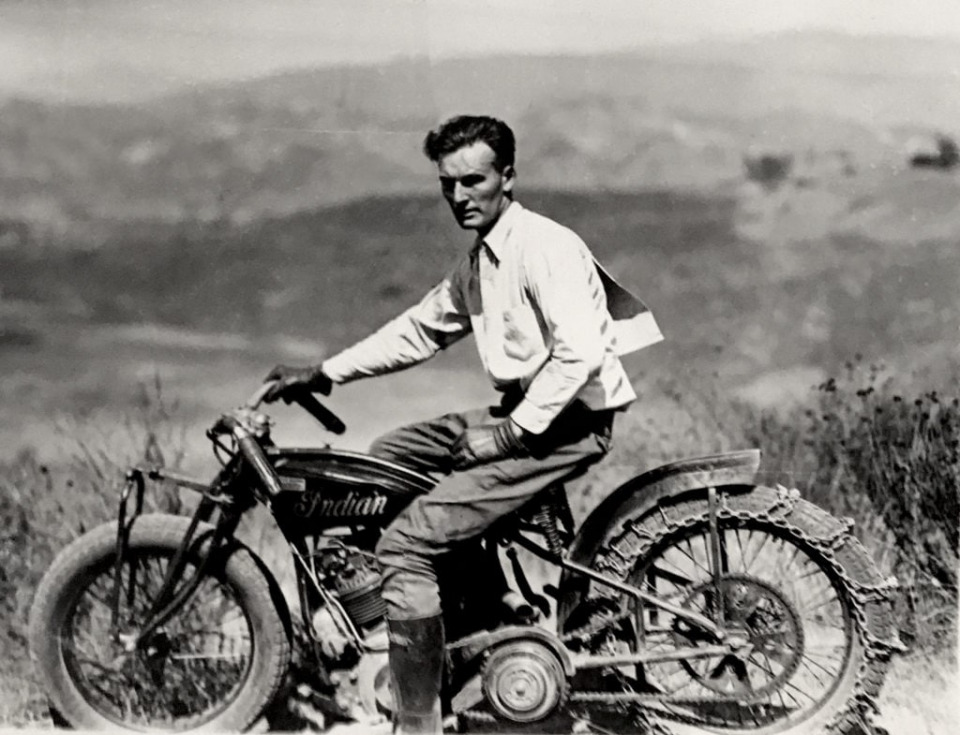
Swede Madsen at the Girard Hillclimb in April, 1926, with a brand-new factory A61 OHV Indian racer, purpose built to burn alcohol and win hillclimbs.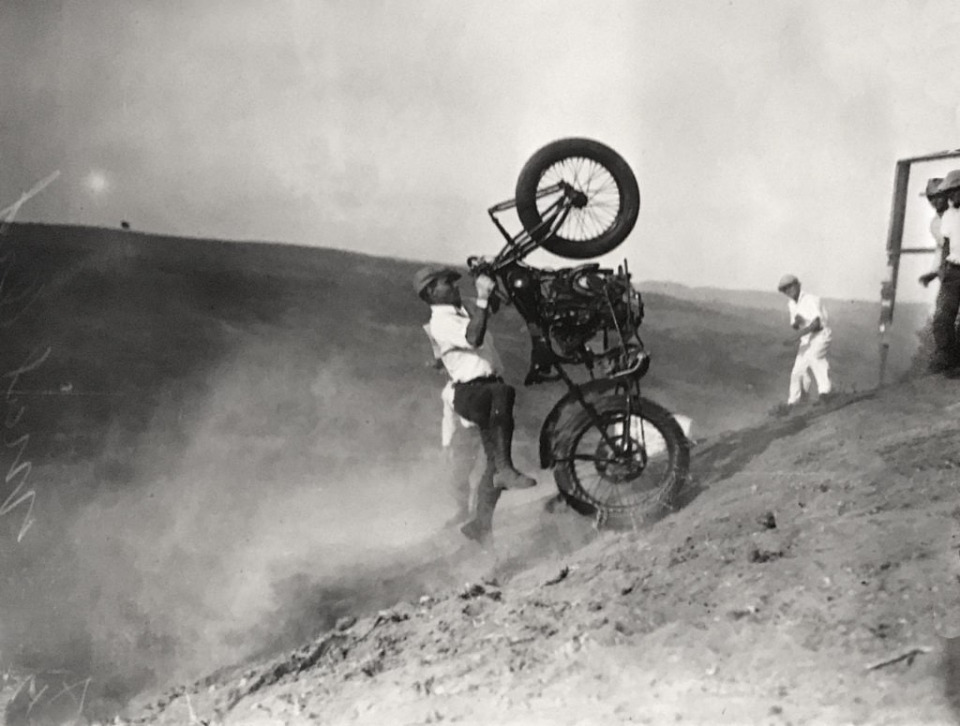
A very famous photo of Mal Ord at the San Diego Hillclimb in 1930. Jeff Decker says this photo was the inspiration for his ‘Slant Artist’ sculpture, that sits outside the Harley-Davidson Museum in Milwaukee!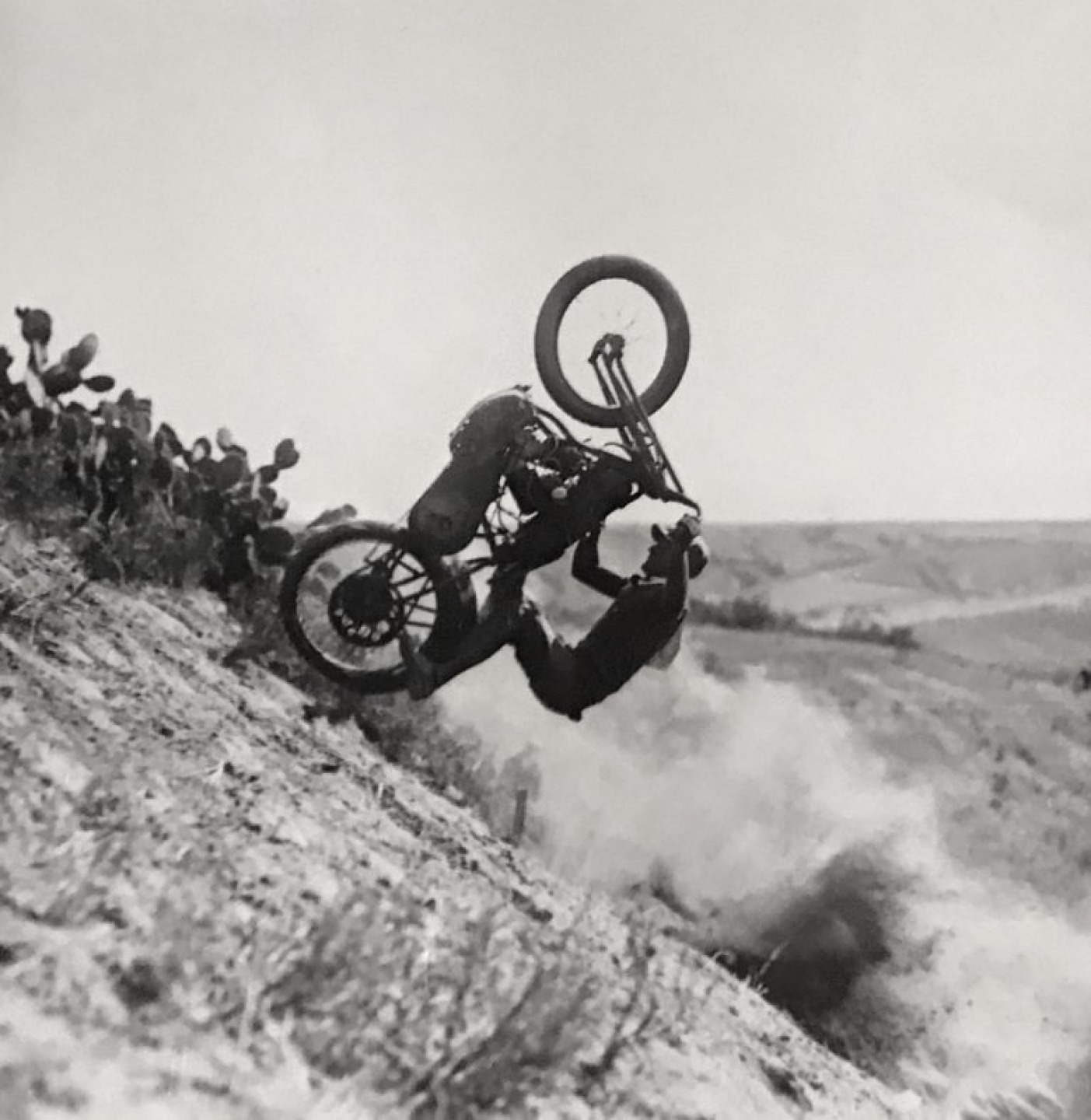
June 28, 1925 at the Laguna Beach Hillclimb. An iconic shot of a rider about to part with his roaring Harley-Davidson JD racer.
Credit @wheelsthroughtime, bonhams.
 Follow
9.3K
Follow
9.3K

